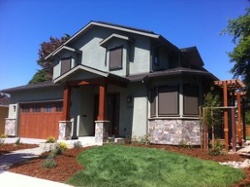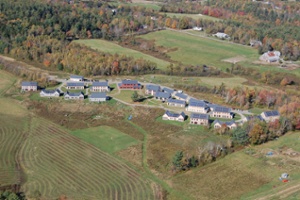Understanding Zero-Energy Buildings
10/31/2014
Zero-energy buildings (ZEB) have zero net energy consumption. This means that the buildings consume the same amount of energy (or less) that is created on site. In order to accomplish this, they are built with decreased energy demands and use renewable energy sources to generate power and reduce greenhouse gas emissions. Zero-energy buildings are also referred to as zero net energy (ZNE) buildings, net-zero energy buildings (NZEB), or net zero buildings.
Many zero-energy buildings still use conventional grid power at certain times
Read More




